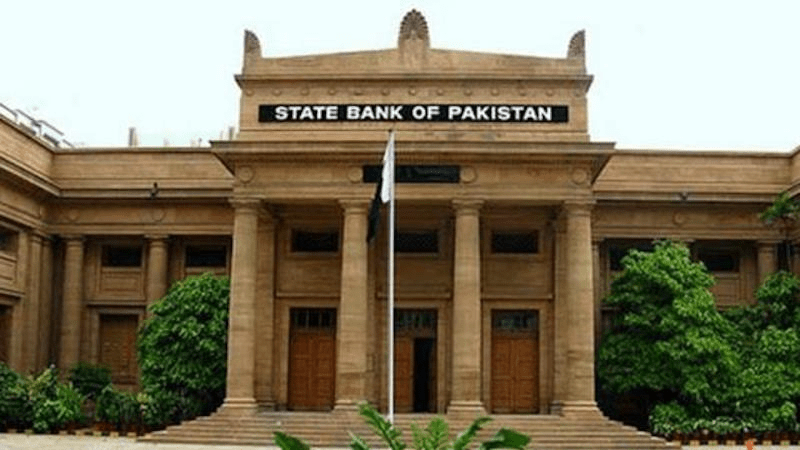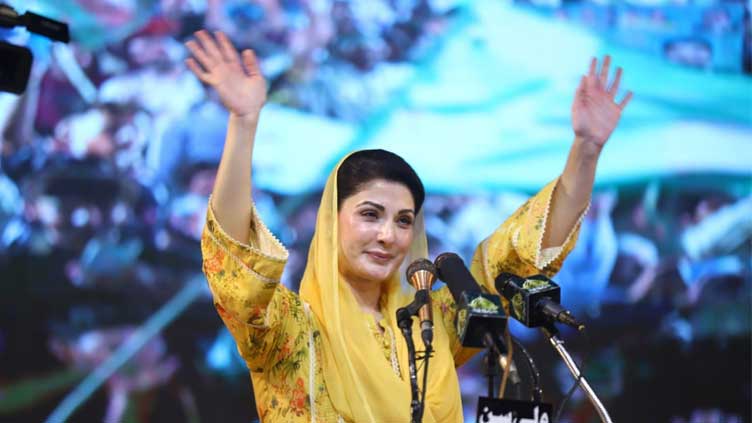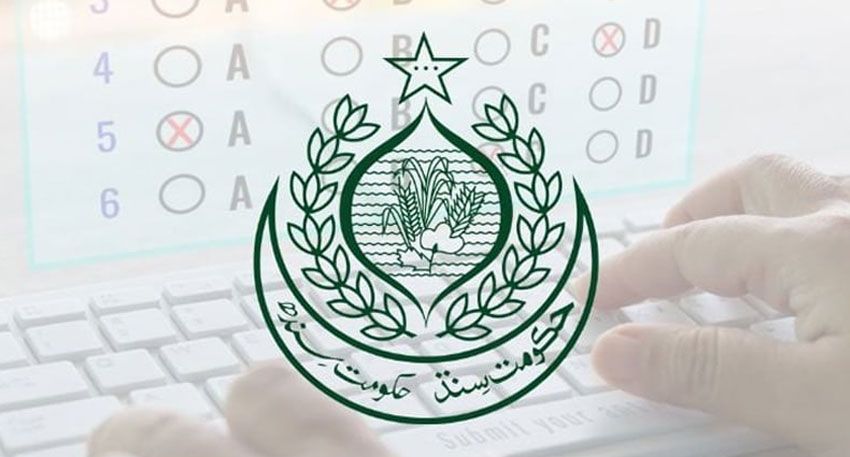SBP revises GDP growth rate downwards to 2% due to flood impact
By Muhammad JuniadPublished On 04 Jan 2023

Despite expectations from certain quarters, the central bank decided to keep the policy rate unchanged at 15% as it sought to maintain an appropriate balance between managing inflation and maintaining growth in the wake of the floods which forced it to revise the GDP growth rate to 2%.
This was decided on Monday during a meeting of the State Bank of Pakistan’s Monetary Policy Committee (MPC). The committee met per its regular schedule, where it reviewed the impact of the monetary policy decisions taken the last time when the rate was increased to 15%.
The committee was of the view that the new rate had led to a deceleration in economic activity as well as a decline in headline inflation and the current account deficit since the last meeting.
It further noted that since their last meeting, the country had witnessed catastrophic floods that have greatly altered the country’s macroeconomic outlook.
And while assessments are underway to determine their true impact, the current rate helps strike a balance between inflation and maintaining growth.
“On the one hand, inflation could be higher and more persistent due to the supply shock to food prices, and it is important to ensure that this additional impetus does not spillover into broader prices in the economy,” the MPC stated in a statement to announce the policy rate.
On the other hand, it said that growth prospects have weakened, which should reduce demand-side pressures and suppress underlying inflation.
“In light of these offsetting considerations, the MPC considered it prudent to leave monetary policy settings unchanged at this stage.”
The committee noted that its policy-tightening measures have started to bear fruit.
“With growth likely to slow further in the aftermath of the floods, this tightening will need to be carefully calibrated going forward,” it added, noting that for the ongoing fiscal year, GDP growth could slow to around 2% compared to pre-flood forecasts 3%-4%.
It added that headline inflation fell last month due after the government slashed electricity tariffs. Despite that, core inflation continued to creep upwards in both rural and urban areas, with expected food shortages and reliance on expensive imports could raise average headline inflation in the ongoing fiscal year to above the pre-flood projection of 18%-20%.
Other positives, it suggested, was how the current account and trade deficits had narrowed significantly in August and September, respectively, with the rupee recouping some of its losses following the recent depreciation - the rupee has appreciated over Rs21 in recent weeks.
The inflow of $1.2 billion from the International Monetary Fund (IMF) after completing the combined seventh and eighth reviews under the ongoing bailout programs was also having an impact.









